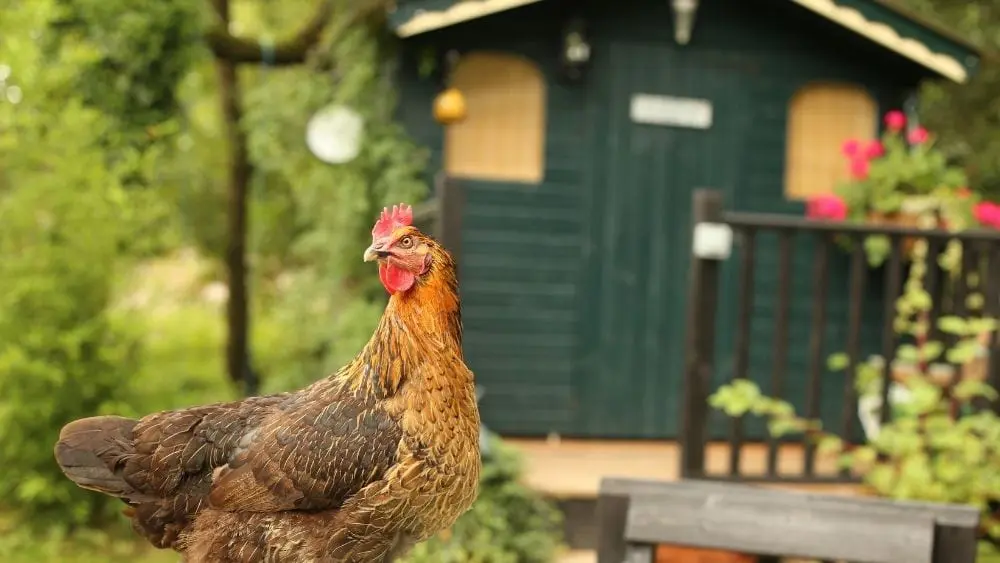
After years of inching larger – on average, 2,679 square feet in 2013– new houses are finally beginning to shrink. But whether they will ever get back down to the 2,000-square-foot starter variety is problematic.
“We’re going to see more 2,400-foot houses, which are good for married couples expecting their first child,” Robert Dietz, chief economist of the National Association of Home Builders (NAHB), said at the group’s annual convention in Orlando in January 2017. “But regulations make it really hard for builders to build houses of 2,000 feet or less.”
According to the NAHB, regulations — mostly those at the local level — account for roughly 25 percent of the cost to build a house. But builders are hoping President-elect Donald Trump will fulfill his campaign pledge to reduce the rules that stymy development and construction.
“Homebuilders think Trump will be good for housing,” Dietz said during a press briefing at the conference and expo, where attendance totaled some 80,000 builders and allied professionals. “If regulations get rolled back as Trump has promised, they can reach down to the lower price levels. It’s clearly a part of the market where we need inventory.”
For now, though, rookie buyers who seek a brand-new home may have to settle for a townhouse as opposed to a detached house. “Townhouses can be a useful bridge into ownership,” said Dietz, noting that townhouse construction is improving faster than the overall market.
Rules at the local, state and federal levels aren’t the only things constraining the new home sector, however. Builders also are plagued by what Dietz called the “three Ls:” labor, lots and lending. Oh yeah, and perhaps rising mortgage rates.
The rate of unfilled jobs in the construction business is higher than it was at the peak of the building boom — and it’s rising, according to NAHB figures. And two-thirds of all builders complain that building sites are scarcer now than they’ve ever been, even when builders were putting up upwards of 2 million new houses a year.
Money to buy land, develop it and build houses is in short supply, too. Local community banks, the chief supplier of ADC (Acquisition, Development and Construction) financing for builders, have loosened their purse strings a bit. But “we need it to grow faster,” Dietz said.
And then there are those pesky interest rates homebuyers will have to pay for their mortgages. Though they have trended down a bit since the election, Dietz and other economists on a housing outlook panel at the conference said rates will be going up, and soon.
“We know mortgage rates are going to rise,” said the NAHB economist, who predicted they will average 4.8 percent this year and bump up again in 2018 to an average of 5.3 percent.
Frank Nothaft, Dietz’s counterpart at mortgage information company CoreLogic, was a little more optimistic, suggesting that rates will reach 4.6 percent by December. David Berson, chief economist at insurer Nationwide, didn’t put any numbers to his forecast, but he predicted the Federal Reserve will bump up the Federal Funds rate three times this year and perhaps four more times in 2018. And when that rate rises, mortgage rates usually follow.
Despite all this, the NAHB expects its members to build more houses this year than last, and even more in 2018. This year, Dietz is calling for 855,000 single-family starts, a 10-percent jump from 2016. And next year, he thinks production will jump 12 percent more to 961,000.
Even at those gains, though, starts will be only at 75 percent of what the NAHB considers “normal,” or 1.343 million single-family units.
The improvement, which Dietz suggested could even continue into 2019 and 2020, is based on several factors, not the least of which is the rising population entering their peak homebuying years. “Looking out five to 10 years,” said economist Nothaft, who used to hang his shingle at mortgage giant Freddie Mac, “the demographics are really positive.”
Berson, formerly of Freddie Mac’s sister company, Fannie Mae, agreed, saying rising rates “won’t have much an impact on housing demand” because strong wage gains and job growth “will give people the wherewithal to offset” the higher monthly costs.
“Millennials are no less interested in owning a home” than the generations that went before them, he said. “Now that they have the wherewithal, I expect to see a big increase in buying.”

Lew Sichelman is a nationally syndicated housing and real estate columnist. He has covered the real estate beat for more than 50 years.
 Outdoor Living Trends
Outdoor Living Trends